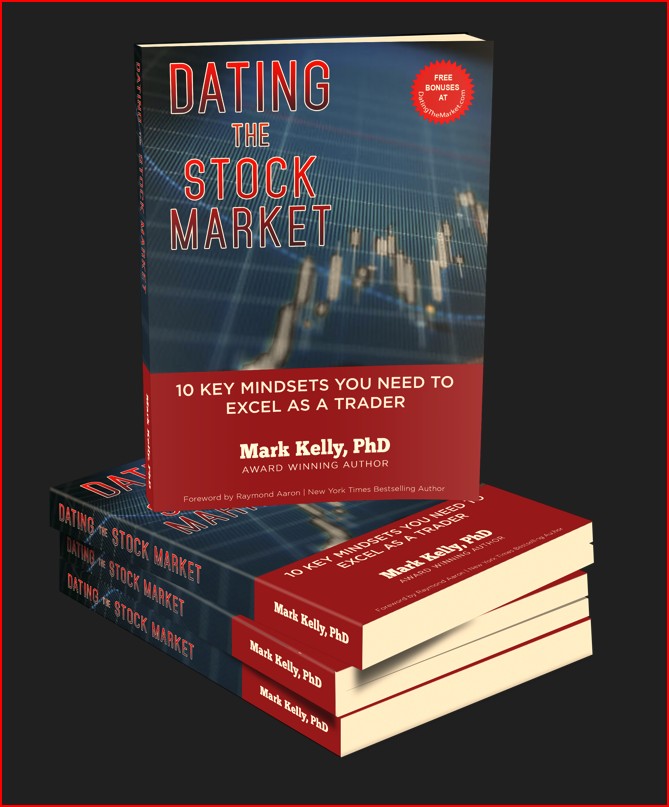Fundamental Analysis Book Summaries
Fundamentals drive the stock market. Fundamental analysis book summaries identifies some of the best books I have read in this area. I have indicated the main reason you may want to add these books to your library.
Bulls and bears are used to describe the up and down of the market. A bull tends to use its horns to lift oncoming threats out of
the way and raises them into the air which is the direction of a bull market. Bears
tend to come down on you from above hence they represent a bearish market or
one that is falling.
The above desk figurines depict the back and forth of the market as it unpredictably tends to move in a preferred direction. They make good gifts for traders, stock brokers or financial advisors.
Fundamental analysis comes from company, industry or economic information
Below are four book summaries on books that focus on fundamental analysis for stocks. Knowledge of some of these parameters many help you in your investment and trading objectives.
Fundamental Analysis Book Summaries
Al Frank, New Prudent Speculator
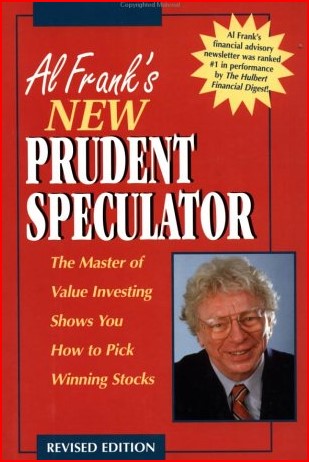
Investor Al Frank's newsletter, The Prudent Speculator, had one of the better stock picking track records according to The Hubert Financial Digest. Eventually, a mutual fund was started using the strategies outlined in the book. Al Frank, who was primarily a value investor, discusses his philosophies and trading ideas in his book New Prudent Speculator.
While his plan is simple: buy undervalued stocks and hold them until they are fully valued the implementation part is not as easy, especially being patient both on the buy and sell side. For him, the big three fundamental criteria are the price to earnings ratio, the price to revenue ratio and price to book value. His experience dictates that time is more important than diversification. He spends some time on the randomness of the markets and provides some guidance on how to deal with it.
Peter Lynch, Beating the Street
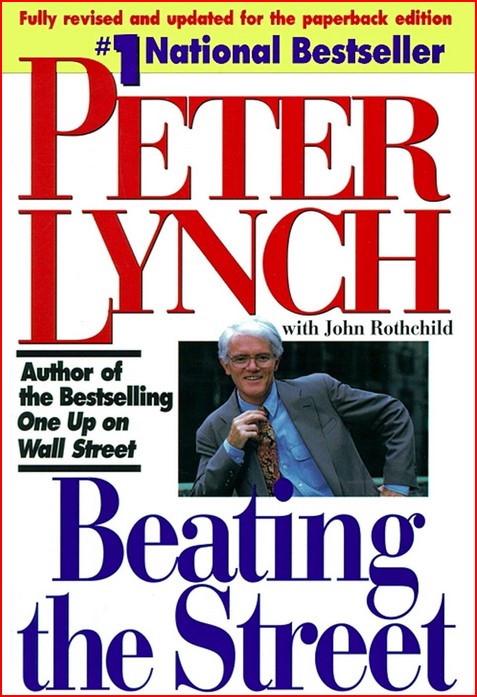
In Beating the Street, a national bestseller, Peter Lynch talks about how he managed and bought stocks for one of the largest mutual funds in the United States. Lynch was on the lookout for stocks with great ideas and franchise potential. He was looking for the "10 bagger" and was a value investor.
From this book, I received information which has steered me away from purchasing bonds in favour of dividend paying stocks. Peter has made a great argument for never buying bonds because they generally do not increase the rate at which they pay out.
Getting my dad back in 1973 to by 100 shares of McDonald's when I started going there weekly would have aligned to the type of stock Peter is looking for. That one trade, provided the stock was still owned, would be worth over $1,000,000 and producing over $27,000 a year in dividends.
Benjamin Graham, The Intelligent Investor
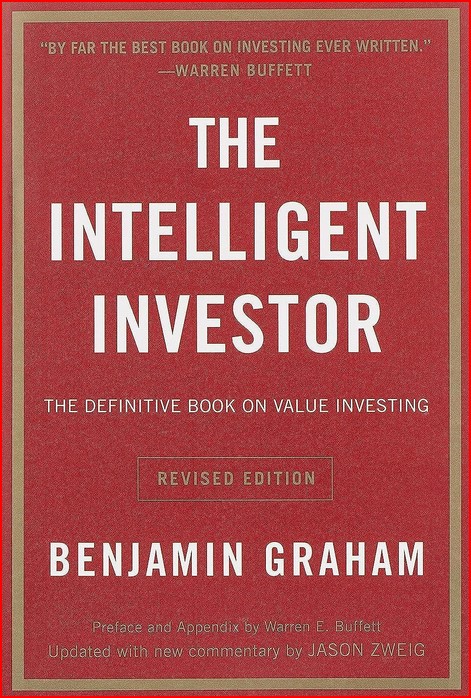
This classic value investing book, originally published in 1949, is still recommended today. Benjamin Grahma's The Intelligent Investor (2006) is for investors and traders looking to slowly build a portfolio of quality stocks. Ben was one of Warren Buffet's teacher and he has gone on to become one of the wealthiest investors on the planet.
The philosophy is built around the idea that you are buying a part of a company not a stock. Benjamin is searching to identify businesses where the value of the business, is undervalued based on the current price, as determined by the stock market.
Within the book are given seven fundamental criteria that define what type of company is being sought. Two of which are: a sufficiently strong financial position and earnings stability. Also provided are the ranges one should be looking at prior to purchase. As an example, the current assets should be at least twice current liabilities.
Robert G. Hagstrom, The Warren Buffett Way
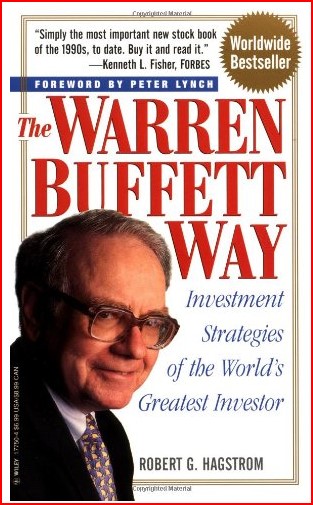
This New York Times bestseller, with a foreword by Peter Lynch, discusses the strategies Warren Buffett uses in identifying and purchasing stocks to hold for the long term.
Hagstrom in his book The Warren Buffett Way offers some good insights into the differences between a trader and an investor. Some of the ideas presented when looking for a good company to purchase are: Simple and understandable businesses, consistent operating history, return on equity and profit margins. Companies having competitive barriers, with the ability to raise prices are considered good qualities. Other examples of what to look for in a company was to buy a company for two thirds of its net asset value or focus on stocks with a low price to earnings ratio.
When you are interested in gaining more insight into how Warren Buffett thinks, this might be the book for you.
Fundamental Analysis and Technical Analysis
I must admit, I am not an investor who looks at the fundamental analysis for stocks. I much prefer technical analysis. I feel that those that know behave in a certain way and their buying and selling can be followed, to some extent, by watching price. I prefer to sit out the down legs which Warren believes is a fault of traders who cannot sit through a drop of 50% in a stock.
One of the better websites to screen stocks for fundamental analysis is Finvis. This website provides most of the main fundamental screening criteria and be easily used to reduce the number of stocks you are following to ones which have long term potential. Using this screen allows you the comfort of knowing the stocks you are trading are fundamentally sound.
While fundamental analysis drives the market, that is, stocks need a fundamental reason to go up, technical analysis can help you identify when there is a change in the fundamentals. To improve your understanding of the difference between technical vs. fundamental analysis you may want to learn a bit more about technical analysis.
To obtain up to date fundamental analysis book summaries you may want to read some of the trading magazines discussed on this website.
Gifts for Stock Traders - Stock traders are a different breed. For the stock trader in your life or as a present to yourself consider getting a trading mug. This can be used throughout the day to sip on your favourite beverage and remind you that you are a trader.
Monte Carlo Simulator
for Traders
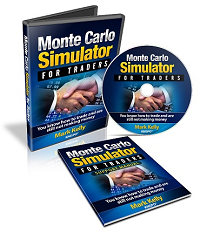 Having troubles sticking with your trading system?
Having troubles sticking with your trading system?
Do you move from system to system looking for the one system that will bring you riches?
Perhaps you already have it and tossed it aside when it went into a down period.
Using this Excel based program will show you what you can expect out of your trading system once you know the % wins and profit factor.
Stop wasting your time searching for the perfect system (which does not exist) and start trading.
$20.00



